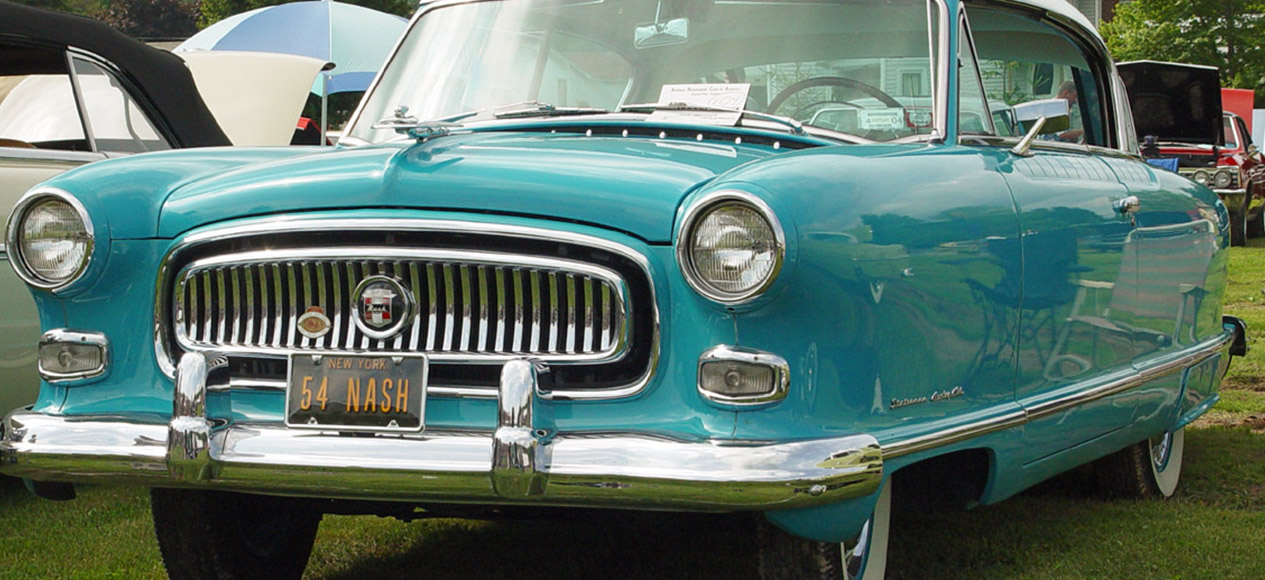One of the most useful features in a car is air conditioning. It helps to keep drivers cool on hot days and is extremely useful in countries with humid climates. When it was introduced, air conditioning became a revolutionary feature. Originating in America, the earliest form of car air conditioning appeared in 1933. We’re looking into the history of air conditioning to see how it’s developed over the years.
A problem with paper
The concept of air conditioning wasn’t based on improving comfort, but rather to solve a practical issue. New York paper printing company Sackett & Wilhelms were having problems with production because of room temperature. Humidity led to paper shrinking or expanding. In order to fix the issue S&W hired engineer Willis Carrier.
Carrier developed precision heating and automatic regulation technology. In 1903, he installed the first production electrical air-con system in the S&W plant. As the technology became more popular, air conditioning appeared in buildings. So, it was only a matter of time before the technology was applied to cars.
Packard was the first car manufacturer to offer air conditioning to mainstream vehicles. In 1939, the company marketed the technology as the ‘weather conditioner’ and put it into the Packard 180. However, it wasn’t successful because the main evaporator and blower system took up half of the boot space and there wasn’t any shut off mechanism beyond switching the blower off.
Expansion
The next breakthrough in air-con happened in 1954 with the Nash Ambassador. It became the first car to have a front-end, fully integrated air conditioning system. This was the precursor to what we know as modern car air conditioning. The Nash-Kelvinator company used its knowledge of refrigeration to create an affordable system. This new approach became known as the ‘All-Weather Eye.’
Car air conditioning became more widespread during the later half of the 20th century. The 1964 Cadillac Comfort introduced a system with automatic heating and cooling that was set by a dial thermostat. By 1969, 54% of domestic cars were fitted with air conditioning. The feature had become crucial for passenger comfort and to increase a car’s resale value.
Today, it would be hard to imagine a car not having air conditioning. The feature has become an integral component of an automobile.
Image credit: Momentcar



